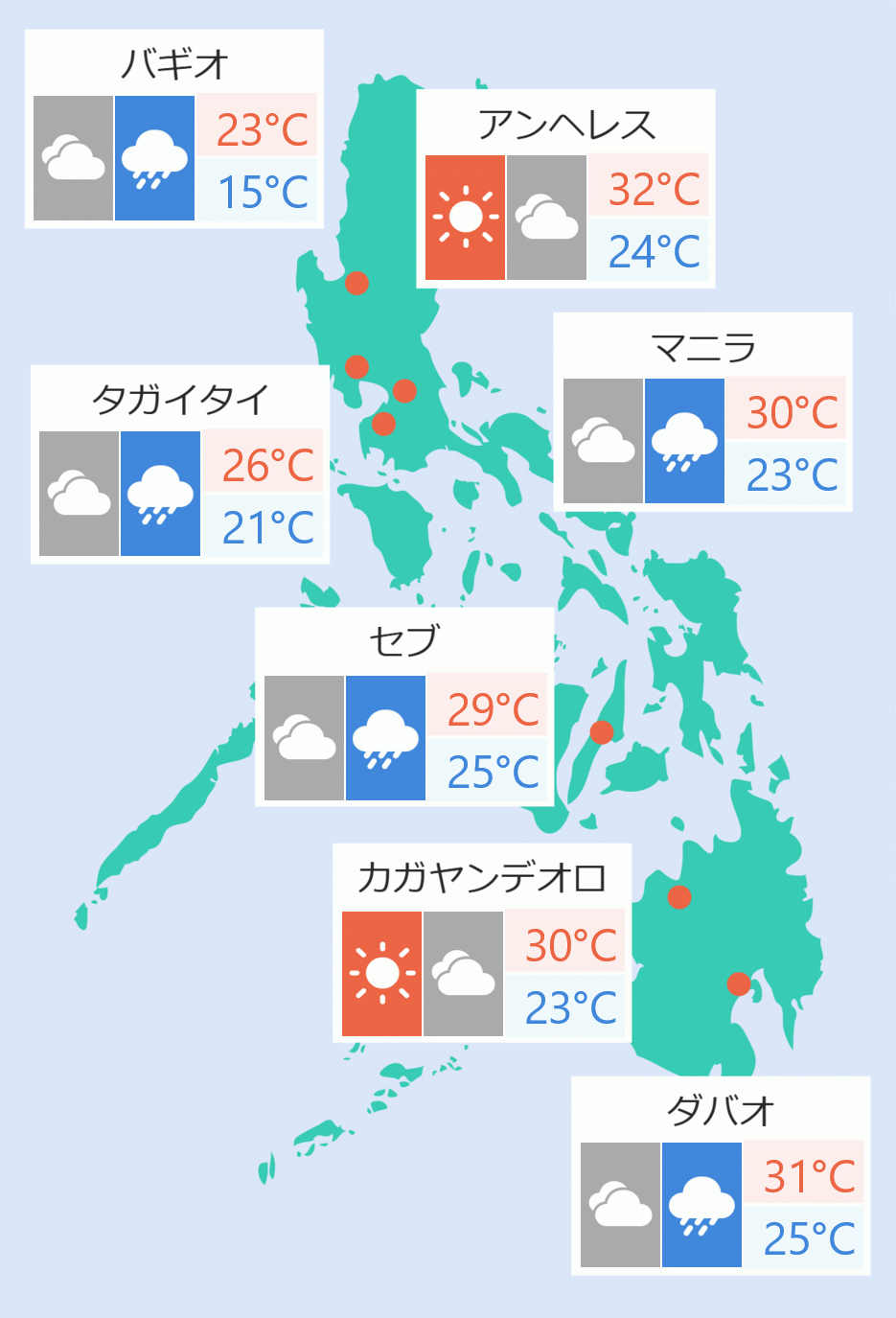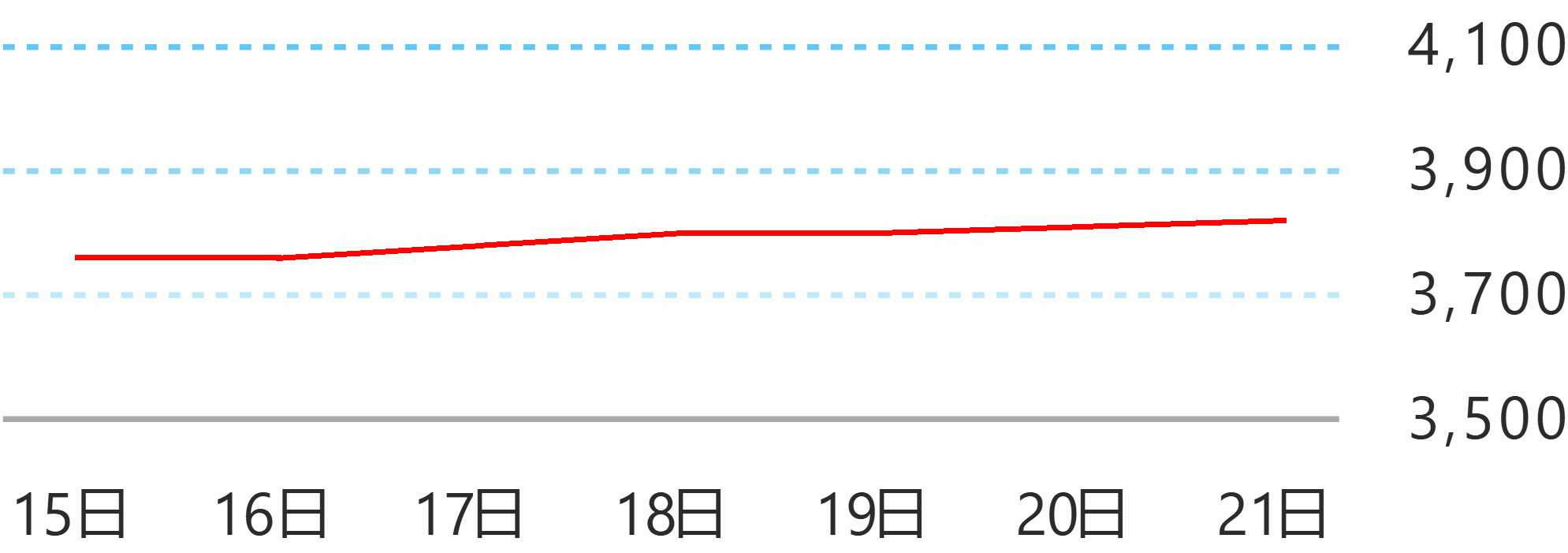The country’s balance of payments (BOP) position registered a surplus of $1.2 billion in the second quarter, a turnaround from a deficit of $1.2 billion in the second quarter of 2023.
The reversal to a BOP surplus in the second quarter was due to significantly higher net inflows posted in the financial account, notwithstanding the increase in the current account deficit.
The current account deficit in the second quarter reached $5.1 billion (equivalent to -4.6 percent of the country's GDP), higher by 25 percent than the $4.1 billion deficit (equivalent to -3.9 percent of the country's GDP) posted in the second quarter of 2023.
This development was driven by the expansion in the trade in goods gap and lower net receipts in trade in services. This was partly muted by higher net receipts in the primary and secondary income accounts.
The capital account recorded net receipts of $18 million in the second quarter of 2024, up by 15.4 percent from the $15 million net receipts recorded in the second quarter of 2023. This developed on account of the higher net receipts in the National Government’s (NG) other capital transfers (at $17 million from $15 million).
The financial account recorded net inflows (or net borrowings by residents from the rest of the world) of $5.3 billion in the second quarter 2024, notably higher than the $204 million net inflows in second quarter 2023. This outcome resulted mainly from the reversal of the portfolio investment account to net inflows (from net outflows) and sustained net inflows in the direct and other investment accounts.
The BOP position posted a surplus of $1.4 billion in January to June 2024, lower than the $2.3 billion surplus recorded in January to June 2023. The BOP surplus in the first name of 2024 reflected mainly the sustained net inflows from the financial account.
The current account recorded a deficit of $7.1 billion (equivalent to -3.2 percent of the country’s GDP) in January to June 2024, lower by 17.8 percent than the $8.6 billion deficit (equivalent to -4.1 percent of the country’s GDP) in January to June 2023.
The lower current account deficit emanated from the narrowing trade in goods deficit and the higher net receipts in the primary and secondary income accounts. However, this was partly mitigated by the lower net receipts in trade in services.
The capital account recorded net receipts amounting to $34 million in January to June 2024, which was 13.5 percent higher than the $30 million net receipts recorded in January to June 2023. This developed on account of the increase in net receipts in the NG’s other capital transfers (to $34 million from $30 million).
The financial account registered higher net inflows (or net borrowing by residents from the rest of the world) of $10.5 billion in January to June 2024 when compared with the $6.2 billion net inflows recorded in January to June 2023. This was driven by the reversal of the portfolio investment account from net outflows to net inflows. The expansion, however, was moderated by the lower net inflows registered in the other and direct investment accounts.
Gross international reserves (GIR) rose to $105.2 billion as of end-June 2024 from the $99.4 billion level registered as of end-June 2023.
In the second quarter of 2024, the peso averaged at P57.80/US$1, depreciating by 3.2 percent relative to an average of P55.96/US$1 in the first quarter of 2024.
Similarly, on a year-on-year basis, the peso depreciated by 3.7 percent from P55.65/US$1 in the second quarter of 2023. For January to June 2024, the peso averaged at P56.88/US$1, depreciating by 2.9 percent from the average of P55.25/US$1 in January to June 2023. Bangko Sentral ng Pilipinas




 English
English









